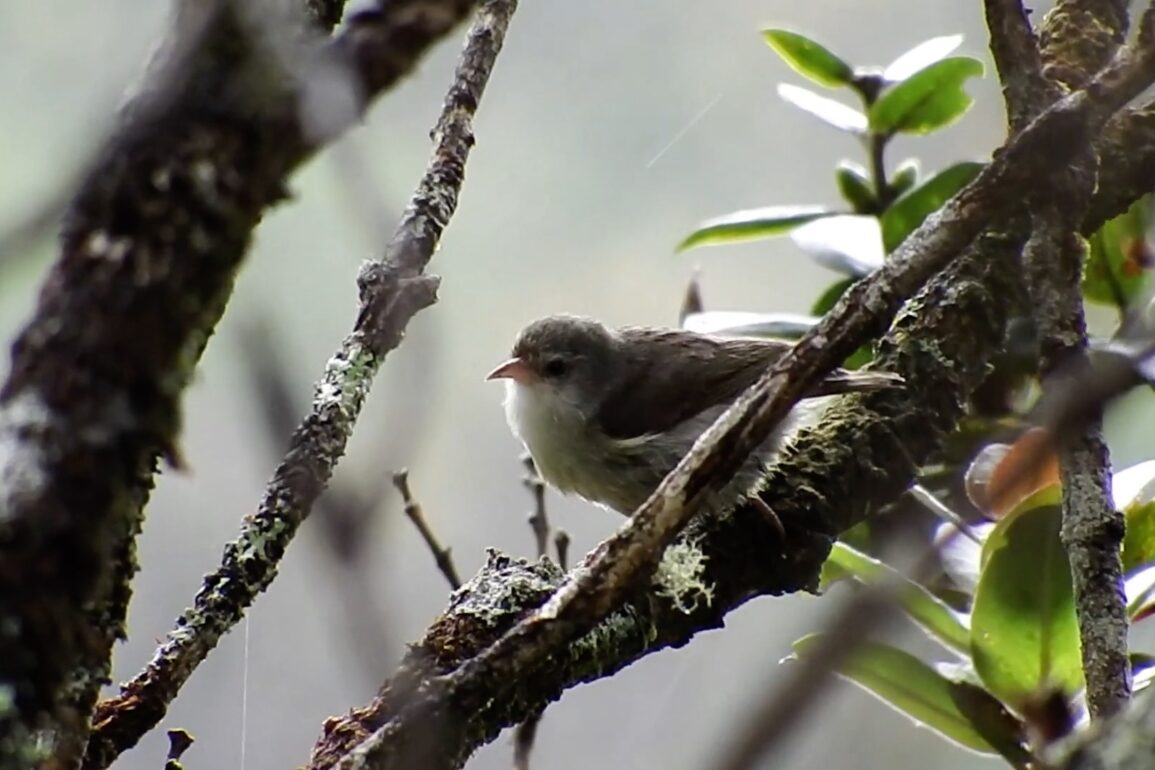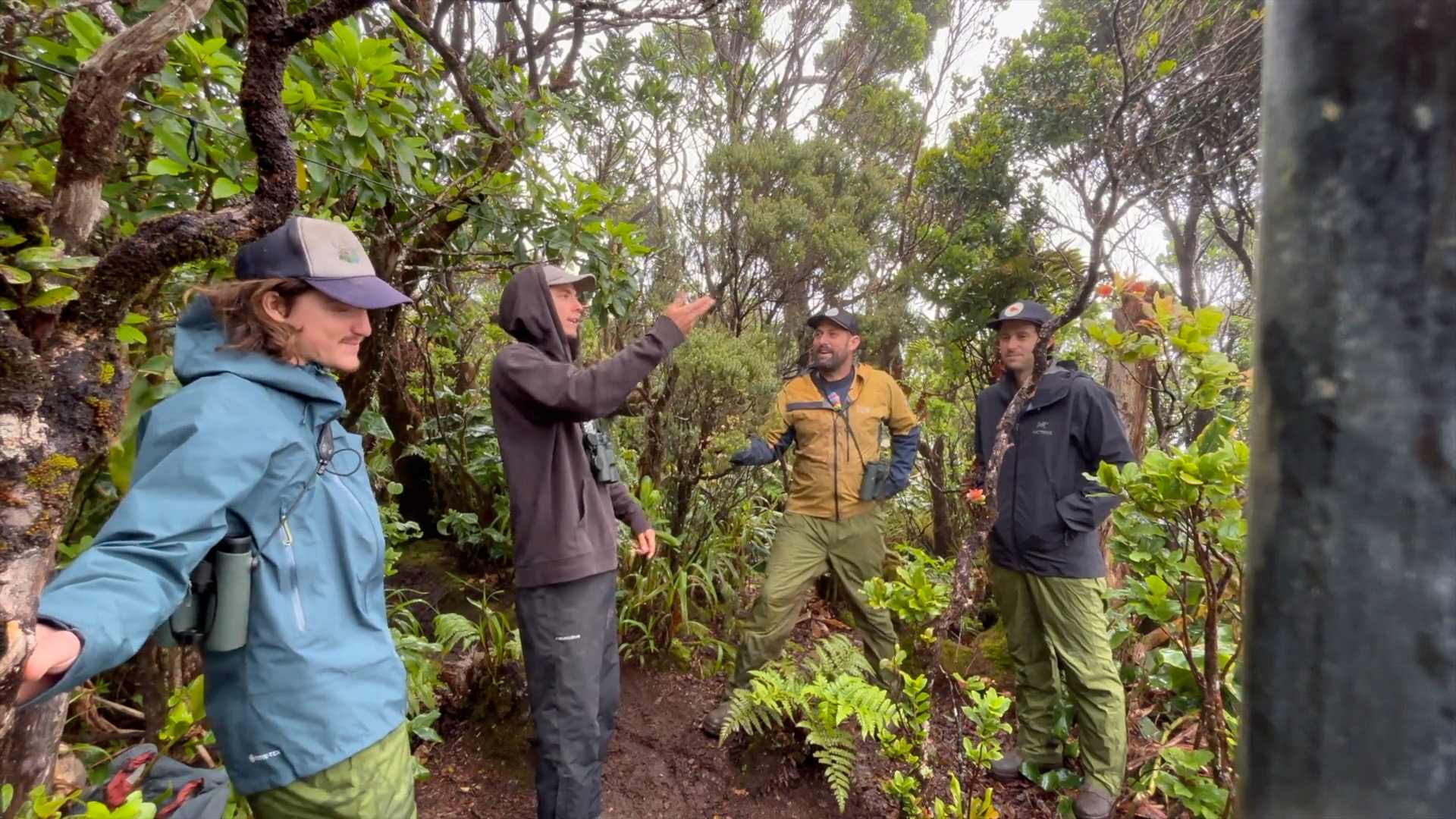In the lush, remote plateaus and valleys of Kauai, a poignant farewell unfolds. A group of dedicated conservationists trekked into the Alakai Wilderness Preserve to bid adieu to a species slipping away – the ‘akikiki bird.
Once thriving in the thousands, the ‘akikiki, a small Hawaiian honeycreeper, now teeter on the brink of extinction. Justin Hite, a seasoned field supervisor, recalls their recent journey with a mix of sorrow and reverence. “This was kind of a trip to say goodbye,” he reflects, acknowledging the species’ dwindling numbers. “What do you do at the end of a species?” Justin muses.
The decline of the akikiki is a tale of ecological tragedy scripted by human actions. Predators like cats and rats, once manageable threats, have been overshadowed by a new, insidious foe – avian malaria. Rising temperatures, driven by global warming, have pushed disease-carrying mosquitoes higher into the mountains, where these endemic birds once found sanctuary. Now, one by one, the ‘akikiki succumb to a disease they are ill-equipped to fight.
Dr. Lisa “Cali” Crampton, a stalwart advocate for the Kauai Forest Bird Recovery Project, laments the role of humanity in this unfolding catastrophe. “We are seeing this climate disaster,” she acknowledges, “I apologize (to the ‘akikiki) for what we have done as people.”
Yet amidst the sorrow, there is gratitude and admiration. Each bird, named and known by its distinctive leg bands, carries a story of resilience and adaptation against overwhelming odds. Pakele, a remarkable female akikiki, stands out – a survivor who defied malaria to nurture successful nests three seasons in a row. “She’s kind of this incredible individual,” Justin Hite recalls.
For over a decade, these field teams have not just studied the ‘akikiki; they’ve embraced them as part of their lives. “This is much harder to talk about than I thought it was going to be,” Justin admits. Their work goes beyond science; it embodies a spiritual connection to the land and its inhabitants – a connection that transcends mere conservation efforts.
Hope flickers faintly in the form of captive ‘akikiki housed in conservation centers like the San Diego Zoo Wildlife Alliance. These birds, shielded from malaria, represent a fragile lifeline – a potential seed for future populations once the malaria threat subsides.
In the end, saying goodbye to the ‘akikiki is not just about mourning their loss; it’s a call to action – a call to preserve and protect the precious biodiversity that enriches our planet. For in their absence, a part of us all diminishes – a part forever lost to the winds of time.




